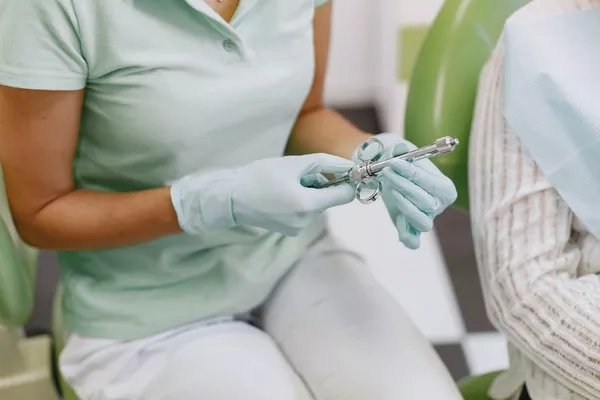Acknowledge the Popularity of Whitening Strips
Whitening strips have become a go-to choice for many individuals seeking to brighten their smiles conveniently and affordably at home. These strips are widely recognized for their ease of use and accessibility.
Explain Factors Influencing Strip Usage
Severity of Staining: The number of whitening strips required depends largely on the severity of teeth staining. Deeper, more stubborn stains may necessitate more frequent or prolonged use of whitening strips to achieve desired results.
Brand and Product Strength: Different brands offer varying concentrations of peroxide in their whitening strips. Higher concentrations generally lead to faster whitening outcomes but may also increase the risk of tooth sensitivity.
Individual Sensitivity: Each person’s teeth respond differently to whitening treatments. Some individuals may experience sensitivity sooner than others, which could influence the duration and frequency of strip usage.
Desired Results: The level of whitening desired by an individual plays a significant role in determining how many whitening strips to use. Those aiming for a dramatic change in tooth shade may need to use strips more frequently or for a longer duration.
Provide General Guidelines
Most Brands: Typically, whitening strip brands recommend using the strips for 10-14 days, applying them twice daily. This regimen is designed to gradually lift stains and enhance the overall whiteness of teeth.
Individualized Instructions: It is crucial to carefully follow the specific instructions provided by the chosen whitening strip brand. These instructions include application techniques, recommended usage duration, and any precautions to minimize sensitivity.
Consult a Dentist: For personalized advice and guidance, especially concerning potential tooth sensitivity or existing dental conditions, consulting a dentist is recommended before starting any whitening treatment.
See Also: All You Need To Know About Periodontal Scaling And Root Planing
Address Potential Concerns
Overuse: Caution should be exercised to avoid overusing whitening strips. Excessive application can heighten tooth sensitivity and potentially damage tooth enamel, compromising dental health in the long run.
Sensitivity: Temporary tooth sensitivity during and after using whitening strips is a common concern. This sensitivity typically resolves once treatment is discontinued, but using desensitizing toothpaste or consulting a dentist for recommendations can alleviate discomfort.
Alternative Options: In addition to at-home whitening strips, professional teeth whitening treatments offered by dentists provide faster and more controlled results. These treatments are tailored to individual needs and are performed under supervision to ensure safety and efficacy.
Emphasize Professional Guidance
Consulting a dentist before embarking on any teeth whitening regimen is crucial. Dentists can assess oral health, recommend suitable whitening products, and provide personalized advice to achieve optimal results while safeguarding dental health.
Conclusion
Understanding how to use whitening strips effectively involves considering various factors such as staining severity, product strength, individual sensitivity, and desired outcomes. By following recommended guidelines and seeking professional advice when needed, individuals can achieve a brighter smile safely and effectively.
We encourage readers to share their experiences or seek further clarification on using whitening strips. Your engagement contributes to a better understanding of dental care practices and supports informed decisions regarding teeth whitening treatments.
You Might Be Interested In






























